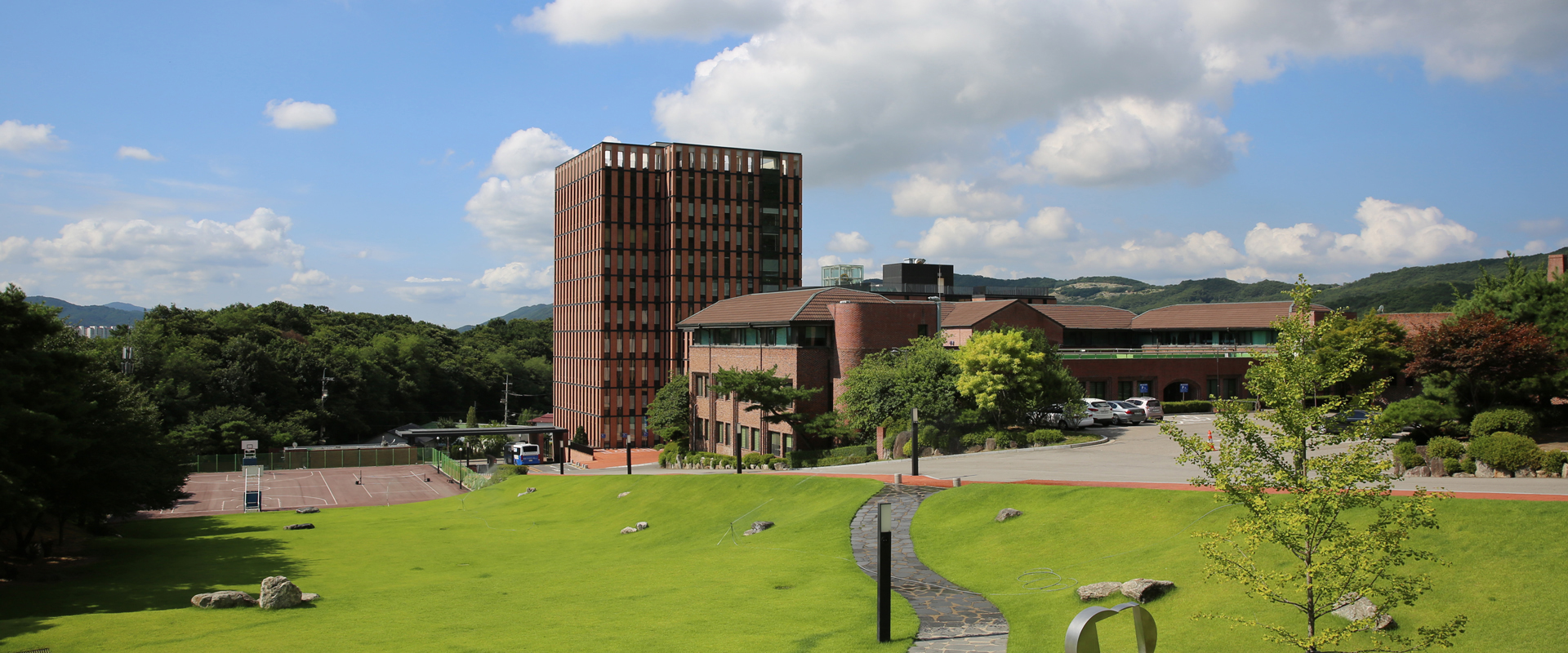Establishment and in vitro culture of porcine spermatogonial germ cells in low temperature culture conditions
Establishment and in vitro culture of porcine spermatogonial germ cells in low temperature culture conditions
Won-Young Lee, Hyun-Jung Park, Ran Lee, Kyung-Hoon Lee, Yong-Hee Kim, Buom-Yong Ryu, Nam-Hyung Kim, Jin-Hoi Kim, Jae-Hwan Kim, Sung-Hwan Moon, Jin-Ki Park, Hak-Jae Chung, Dong-Hoon Kim, Hyuk Song
Stem Cell Research, doi: 10.1016/j.scr.2013.08.008
ABSTRACT
The objective of this study was to establish a porcine spermatogonial germ cell (pSGC) line and develop an in vitro culture system. Isolated total testicular cells (TTCs) from 5-day-old porcine testes were primary cultured at 31, 34, and 37 C. Although the time of colony appearance was delayed at 31 C, strong alkaline phosphatase staining, expressions of pluripotency marker genes such as OCT4, NANOG, and THY1, and the gene expressions of the undifferentiated germ cell markers PLZF and protein gene product 9.5 (PGP9.5) were identified compared to 34 and 37 C. Cell cycle analysis for both pSGC and feeder cells at the three temperatures revealed that more pSGCs were in the G2/M phase at 31 C than 37 C at the subculture stage. In vitro, pSGCs could stably maintain undifferentiated germ cell and stem cell characteristics for over 60 days during culture at 31 C. Xenotransplantation of pSGCs to immune deficient mice demonstrated a successful colonization and localization on the seminiferous tubule basement membrane in the recipient testes. In conclusion, pSGCs from neonatal porcine testes were successfully established and cultured for long periods under a low temperature culture environment in vitro.
- Fulltext: http://www.sciencedirect.com/science/article/pii/S1873506113001190


